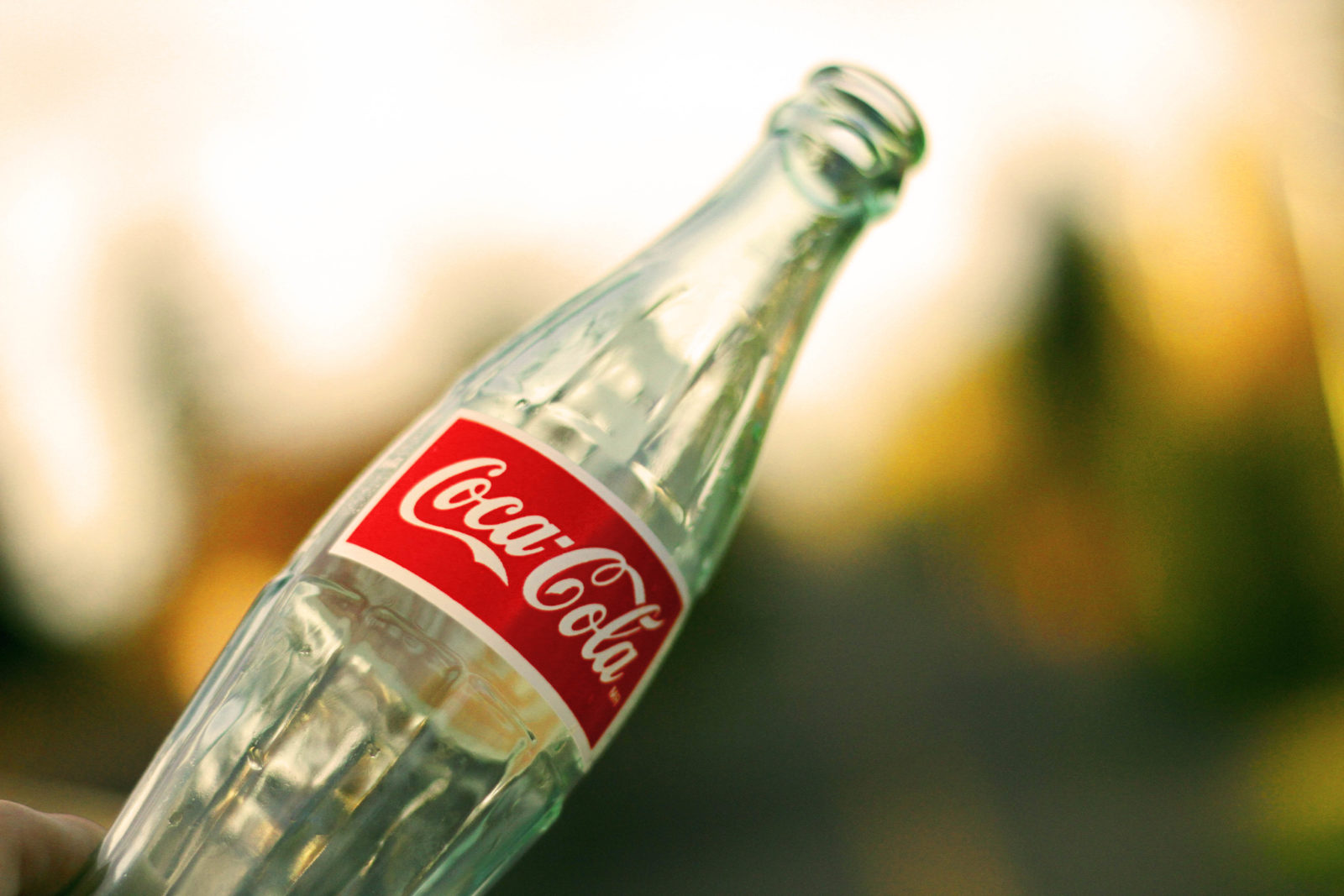
Results from taste tests have been mixed. product, which uses corn sweetener instead of cane sugar. Mexican Coke is often sold in the United States to cater to both the "nostalgic factors" it evokes and the perception that it tastes different than the U.S. Ī scientific analysis of Mexican Coke found no sucrose (standard sugar), but instead found total fructose and glucose levels similar to other soft drinks sweetened with high-fructose corn syrup, though in different ratios. It later clarified this change would not affect those bottles specifically exported to the United States as "Coca-Cola Nostalgia" products. In 2013, a Mexican Coca-Cola bottler announced it would stop using cane sugar in favor of glucose-fructose syrup. It is now readily available at most grocery stores throughout the United States. Mexican Coke was first sold at grocers who served Latino clientele, but as its popularity grew among non-Latinos, by 2009 larger chains like Costco, Sam's Club and Kroger began to stock it. primarily to sell it to Mexican immigrants who grew up with that formula. The Coca-Cola Company originally imported the Mexican-produced version into the U.S. Monterrey-based FEMSA is currently the largest Coca-Cola bottler in Mexico and most of Latin America. The Coca-Cola Company opened its first bottling franchise in Mexico around 1921 with Grupo Tampico, and then Grupo ARMA. Some tasters have said that Mexican Coca-Cola tastes better, while other blind tasting tests reported no perceptible differences in flavor.Ĭoca-Cola made in the United States uses a different recipe, containing sugar, high-fructose corn syrup, and artificial sweetener sucralose, with a can containing one-third less sugar than the export product. Mexican Coca-Cola is sweetened with white sugar instead of the high-fructose corn syrup used in the U.S. Thank you Coca-Cola and ShopStyle for sponsoring this post.In the United States and Canada, Mexican Coca-Cola, or Mexican Coke ( Spanish: Coca Cola de Vidrio, English: Glass Coca-Cola, or Coca-Cola in a glass bottle) or, informally, "Mexicoke", refers to Coca-Cola produced in and imported from Mexico. Hasta sirven como parte de la decoración Navideña! Son tan bonitas y me encanta ofrecérselas a mis invitados. Siempre que las puedo conseguir, me encanta tener las botellas de Coca de vidrio. Con tantas fiestas, amigos y familiares que normalmente vienen a mi casa durante la temporada, tiendo a siempre tener Coca-Cola lista para cualquier ocasión. Para mí, se ha convertido en un ícono de la época. Cuando me pongo a pensar en la época navideña, siempre se me viene a la mente la imagen de Santa o osos polares con una Coca-Cola. También sé que no soy la única que se emociona y se pone sentimental con los comerciales de Coca-Cola. Por ejemplo, no me entra el espíritu navideño hasta que huela galletas recién hechas en mi casa y no es realmente oficial hasta que el radio empieza a tocar canciones de Navidad.

Me parece interesante pensar en cómo ciertas cosas se vuelven tan emblemáticas de una temporada o tradición. They even feel like part of the holiday home décor! They are so cute and I love offering them to my guests. You never know when you might have people over! Whenever I can get my hands on them, I love having the glass bottles. With so many holiday parties, friends and family that I usually have over during the season, I tend to overstock on Coca-Cola.

Somehow, when I think of the holidays, the image of Santa or polar bears with a Coca-Cola pops up in my head. Also, I know I am not alone when I say that Coca-Cola holiday commercials get me in an emotional holiday mood. I can’t get into the holiday spirit until I have home-baked cookies by the fireplace and it’s not really official until the radio starts playing Christmas songs. I often find it interesting to think about how certain things become so emblematic of a season, holiday or tradition.


 0 kommentar(er)
0 kommentar(er)
